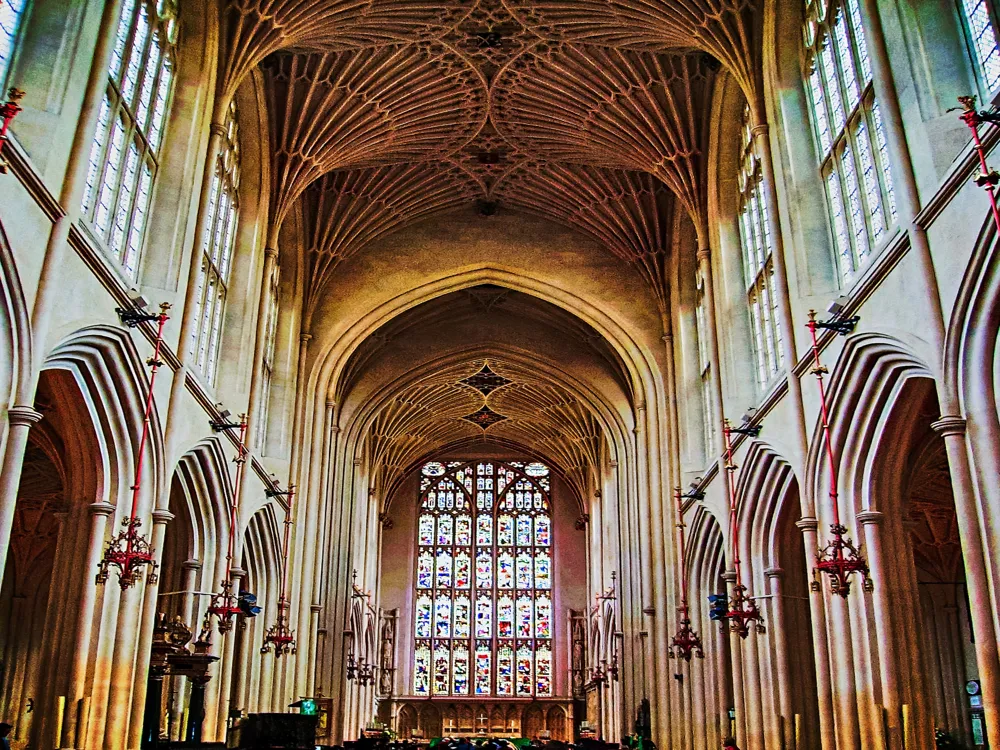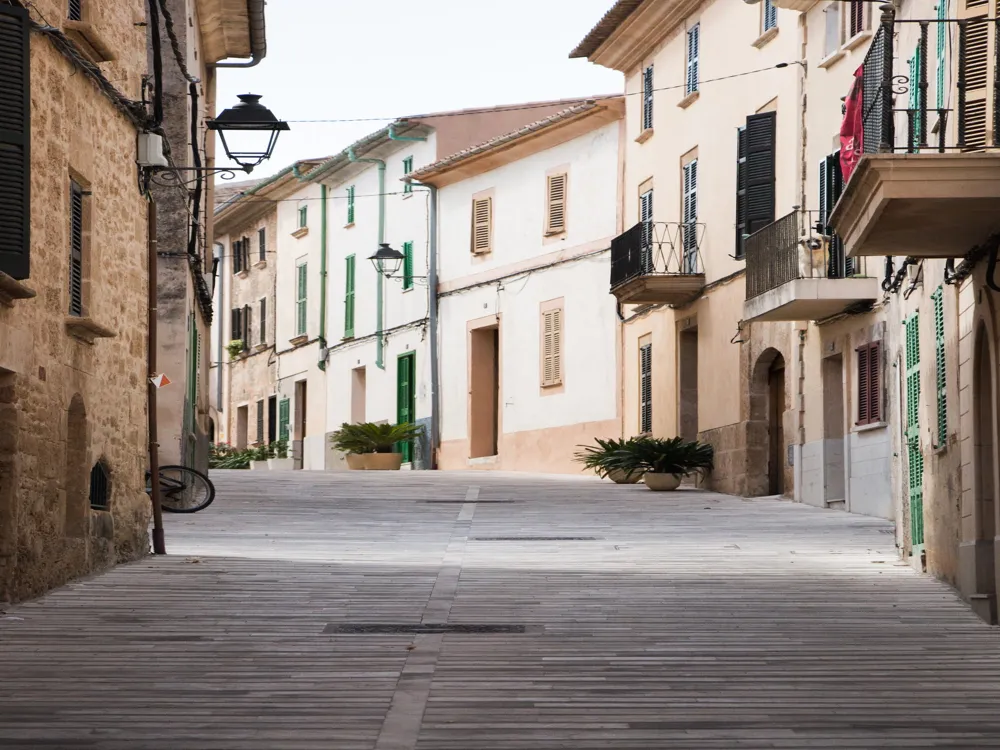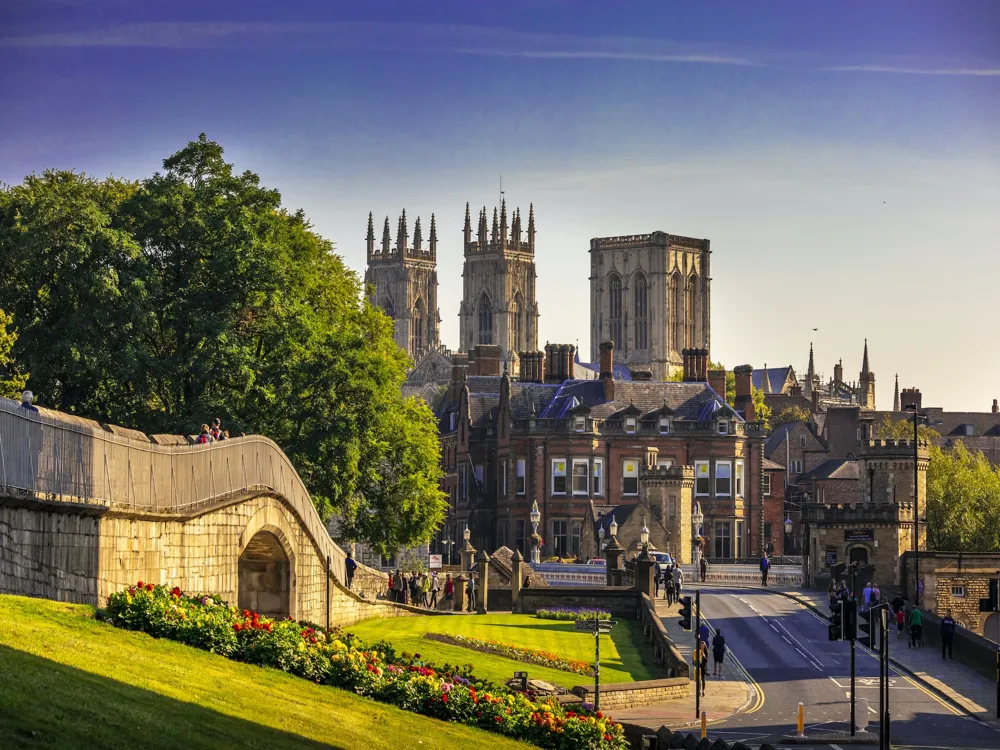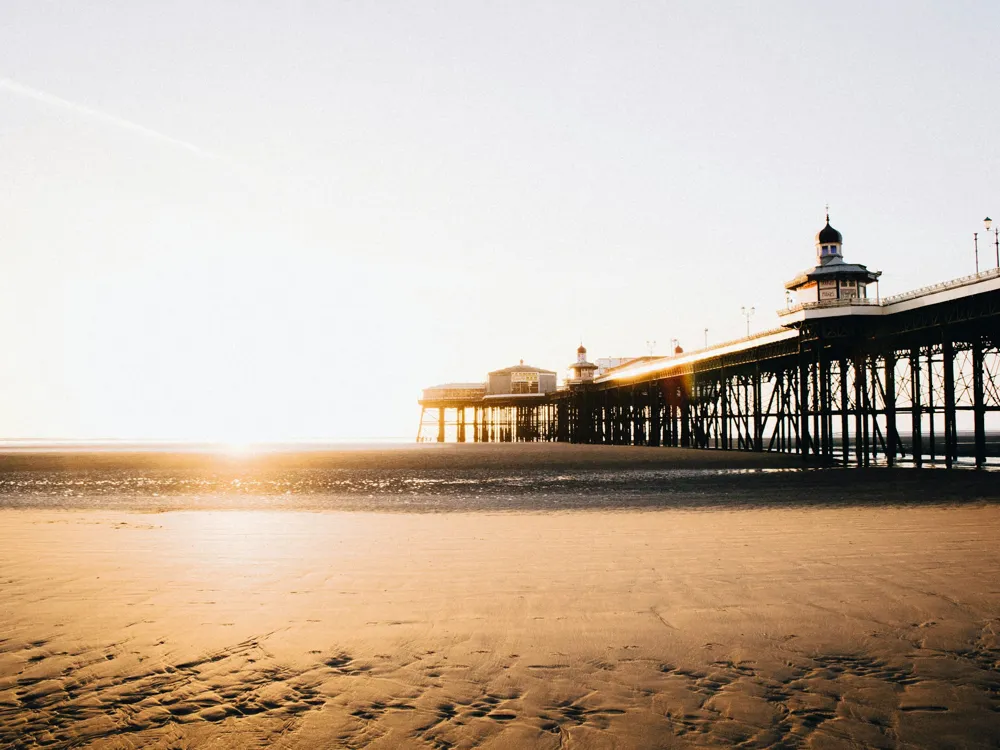Bath, a city steeped in history and culture, is renowned for its stunning Georgian architecture and Roman baths. Nestled in the rolling countryside of southwest England, Bath has been a destination for relaxation and rejuvenation since Roman times. The city's rich history is interwoven with its architecture, from the ancient Roman Baths to the majestic Royal Crescent. Today, Bath is a vibrant cultural hub, offering a blend of historic sites, contemporary arts, and a thriving culinary scene. The city's origins date back to the Roman era when it was established as a spa town around natural hot springs. The Romans built magnificent bath complexes, many of which can still be seen today. Over the centuries, Bath evolved, with each era leaving its mark on the city's landscape. The Georgian period, in particular, saw a transformation with the construction of elegant townhouses, squares, and crescents in the distinctive Bath stone. The entire city was designated a UNESCO World Heritage site in 1987, recognizing its exceptional historical and architectural significance. Bath is not just about its past. The city is alive with a dynamic arts scene, hosting numerous festivals and events throughout the year. The streets are lined with independent boutiques, quirky shops, and galleries, offering a unique shopping experience. Bath's culinary offerings are equally diverse, ranging from traditional British pubs to fine dining restaurants. With its blend of history, culture, and modern vitality, Bath offers an unforgettable experience for all who visit. The architecture of Bath is a testament to its historical significance and cultural richness. The city's buildings are a blend of various architectural styles, predominantly Georgian, which is characterized by its symmetry, balance, and proportion. The use of Bath stone, a local honey-colored limestone, gives the city its distinctive appearance. Bath's architecture is not just about aesthetics; it reflects the social and cultural developments of its time, making the city a living museum of architectural history. The Roman influence is evident in the ancient bath complexes, which showcase Roman engineering and design prowess. The most famous of these is the Roman Baths complex, a well-preserved site featuring baths, temples, and other structures built around the city's hot springs. Moving forward in time, the medieval period saw the construction of the Bath Abbey, a stunning example of Gothic architecture, known for its fan vaulting and intricate stained glass windows. The Georgian era marked a significant transformation in Bath's architectural landscape. Architects like John Wood the Elder and Younger designed iconic landmarks such as the Circus and the Royal Crescent. These structures epitomize Georgian architecture with their elegant facades, uniform design, and grand scale. The Circus, a circular space surrounded by townhouses with intricate stone carvings, and the Royal Crescent, a sweeping arc of terraced houses overlooking the Royal Victoria Park, are architectural masterpieces that attract visitors from around the world. Beyond these famous landmarks, Bath's streets and alleys are lined with Georgian townhouses, public buildings, and bridges, each contributing to the city's cohesive architectural narrative. The Pulteney Bridge, one of the few bridges in the world with shops built into it, is another architectural marvel, blending functionality with beauty. In recent years, contemporary architecture has also found its place in Bath, with modern structures complementing the historic fabric of the city. Bath is charming year-round, but the best time to visit is during the spring and early summer when the weather is mild, and the city's parks and gardens are in full bloom. Autumn is also a lovely time, with fewer crowds and colorful foliage. Bath offers a range of accommodation options, from luxury hotels and historic bed and breakfasts to budget-friendly hostels. Booking in advance is recommended, especially during peak tourist seasons and festivals. The city center of Bath is compact and best explored on foot. Guided walking tours are a great way to learn about the city's history and architecture. Public transport and hop-on hop-off buses are also available for longer distances. Plan your visit to major attractions like the Roman Baths and the Royal Crescent early in the day to avoid crowds. Consider purchasing a Bath Combination Ticket for access to multiple sites at a discounted rate. Bath's culinary scene is diverse, ranging from traditional British cuisine to international flavors. Don't miss the local delicacies like Bath buns and Somerset cider. The city also offers excellent shopping, from artisanal boutiques to high-street brands. As a UNESCO World Heritage site, it's important to respect Bath's historical sites and local culture. Follow guidelines at attractions, dispose of waste properly, and be considerate of residents. Reaching Bath is convenient due to its well-connected transport links. The city is located about 100 miles west of London and is easily accessible by various modes of transportation. By Train: Bath Spa railway station is the main hub, with frequent services connecting Bath to London, Bristol, and other major cities. The journey from London Paddington to Bath Spa typically takes around 90 minutes. By Car: Bath is well-served by major roads. The M4 motorway is the quickest route from London, while the M5 is the main route from the north and the southwest. Parking in Bath can be challenging, so using park-and-ride services is advisable. By Bus: National Express and other coach services offer direct routes to Bath from various UK cities. Buses are a budget-friendly option, though travel times are longer compared to trains. By Air: The nearest airport is Bristol Airport, about 20 miles from Bath. It offers both domestic and international flights. From the airport, you can take a bus, taxi, or train to reach Bath.Overview of Bath
Architecture of Bath
Tips When Visiting Bath
Best Time to Visit
Accommodation Choices
Exploring the City
Visiting Major Attractions
Dining and Shopping
Respecting the City
How To Reach Bath
Royal Crescent
Bath
NaN onwards
View bath Packages
Weather :
Tags : Landmark
Entry Fee : GBP 10
Planning a Trip? Ask Your Question
Bath Travel Packages
View All Packages For Bath
Top Hotel Collections for Bath

Private Pool

Luxury Hotels

5-Star Hotels

Pet Friendly
Top Hotels Near Bath
Other Top Ranking Places In Bath
View All Places To Visit In bath
View bath Packages
Weather :
Tags : Landmark
Entry Fee : GBP 10
Planning a Trip? Ask Your Question
Bath Travel Packages
View All Packages For Bath
Top Hotel Collections for Bath

Private Pool

Luxury Hotels

5-Star Hotels

Pet Friendly





















